Gallery: Unique Life at Antarctic Deep-Sea Vents
Large Anemone
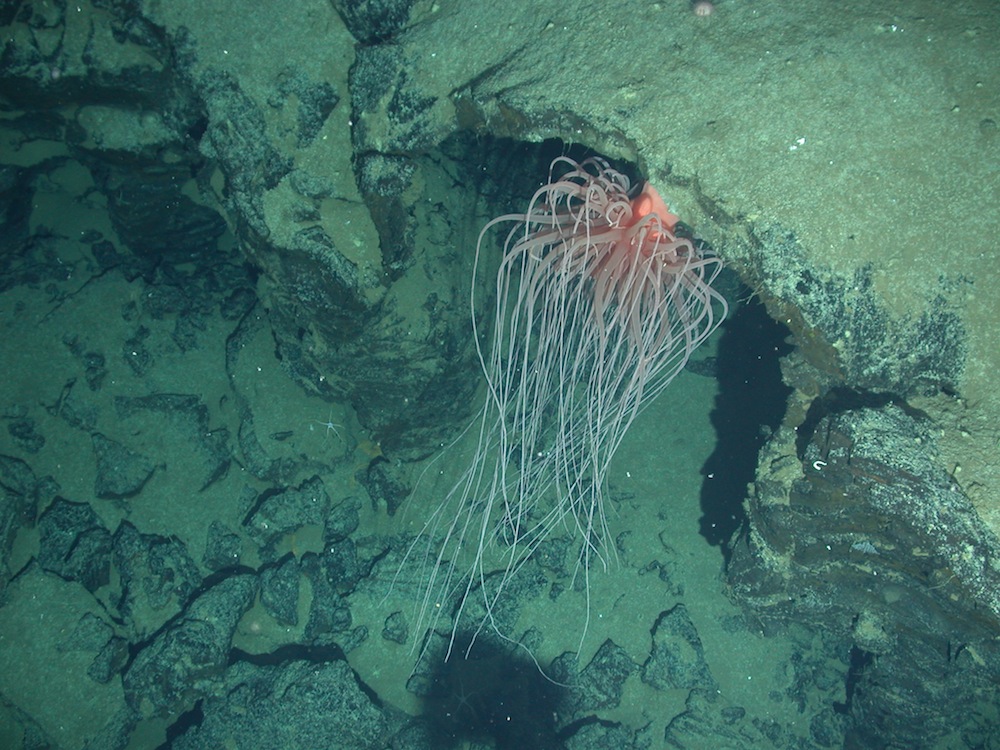
A large sea anemone seen through the ROV cameras.
Gastropod Cluster
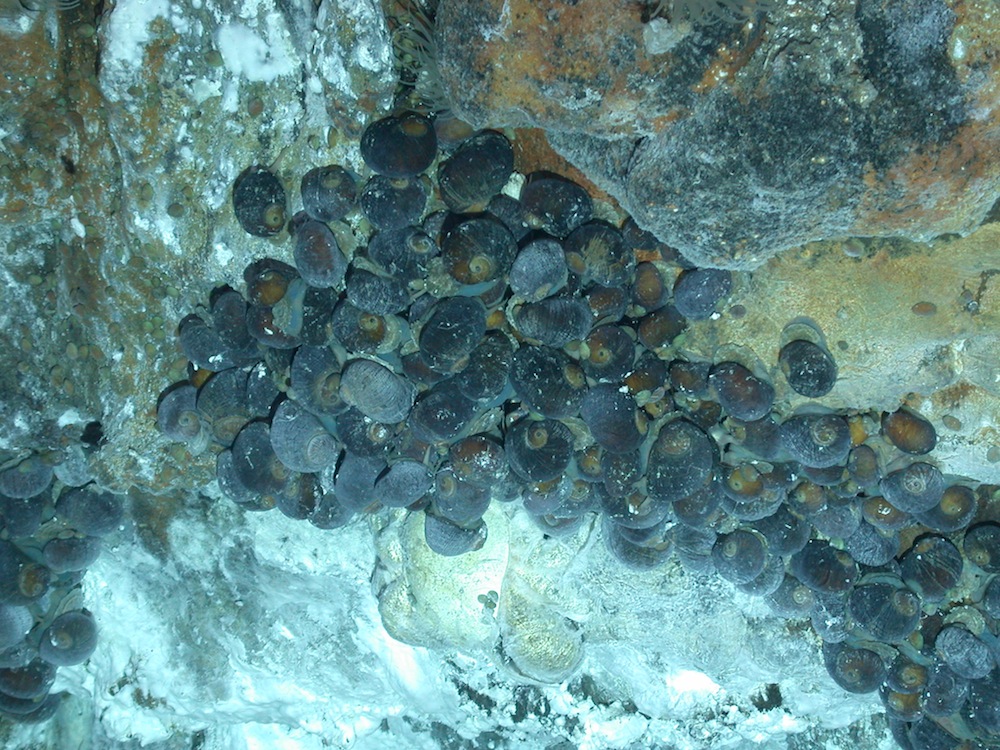
Clusters of brown snails living around the Antarctic vents.
Seven-armed Sea Stars

Seven-armed predatory sea stars use the vent area as hunting grounds.
Predators of the Vents

Researchers observed these sea stars eating yeti crabs.
Bunches of Barnacles
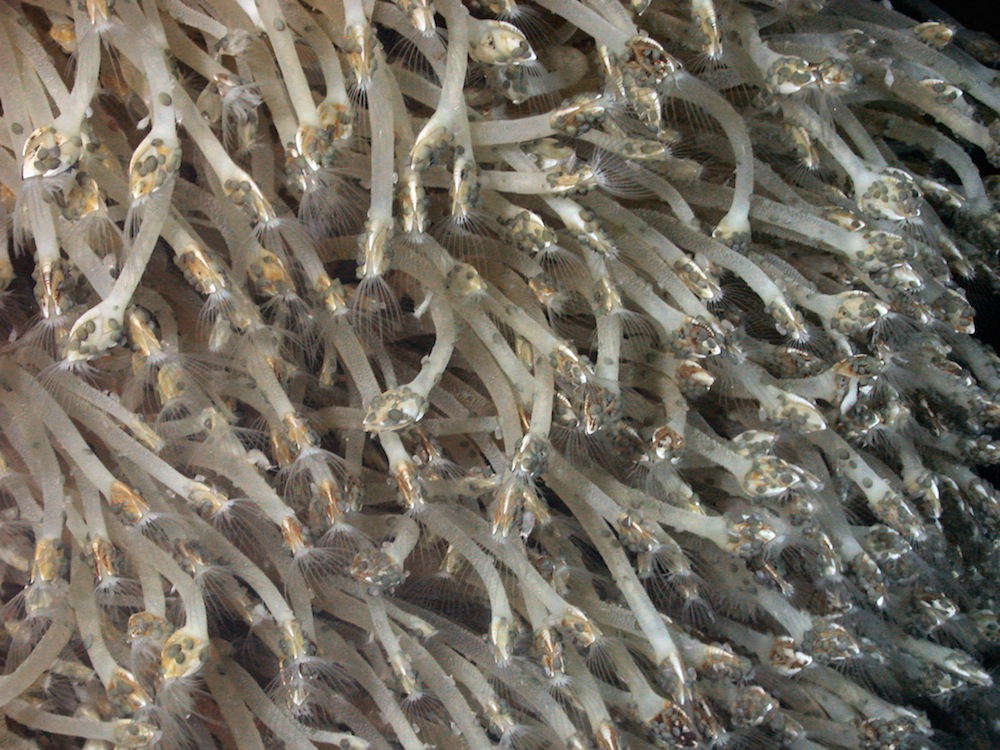
A close view of the stalked barnacles carpeting the rock around the vents
Yeti Crabs
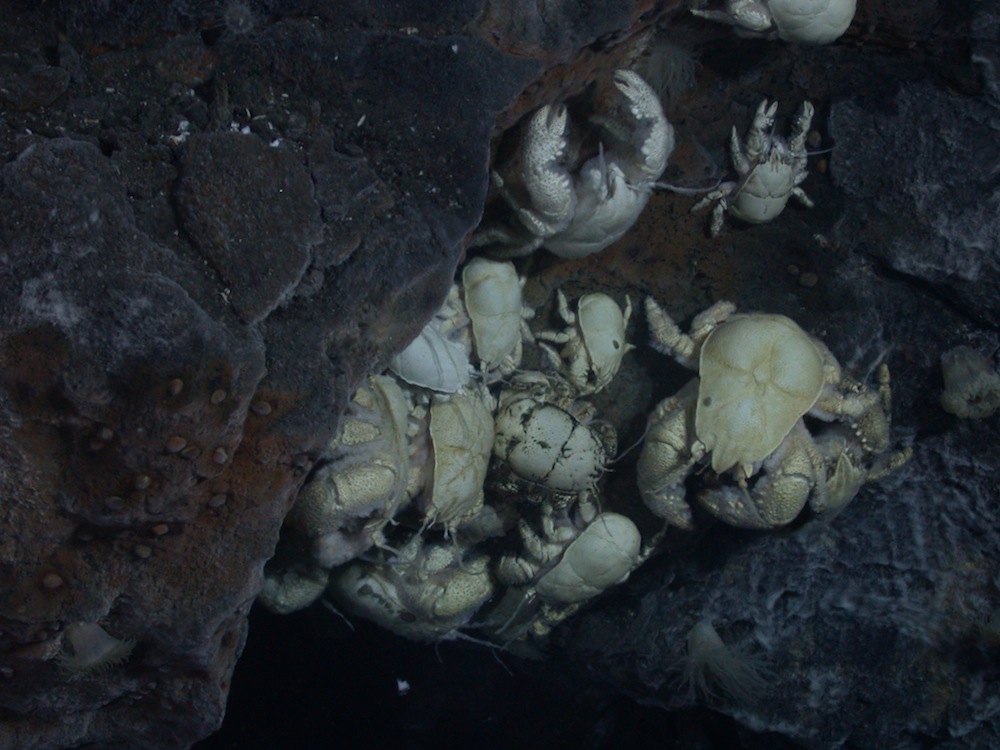
Yeti crabs are found around deep-sea vents. Some species have hairy arms, but the ones pictured here inhabit the waters off Antarctica and have hairy chests instead.
Piece of the Deep Sea
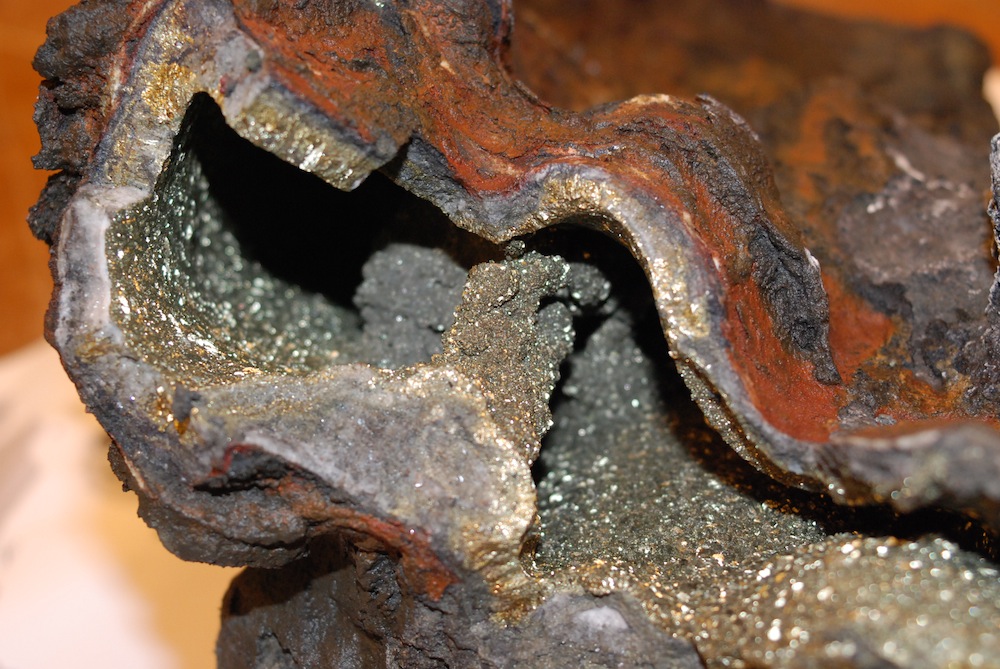
A sample of part of a vent chimney brought to the surface by the Isis ROV.
Get the world’s most fascinating discoveries delivered straight to your inbox.
Chimney Sample
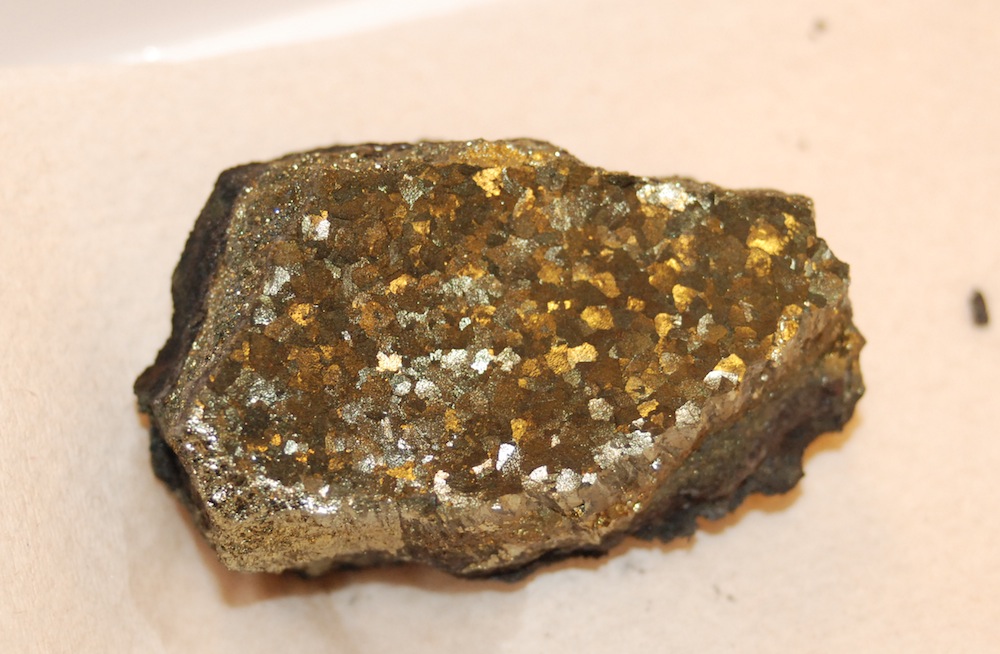
A second vent fragment. Minerals in the ultra-heated water from the vents precipitates out, leaving behind chimney-like vent structures.
Going Fishing
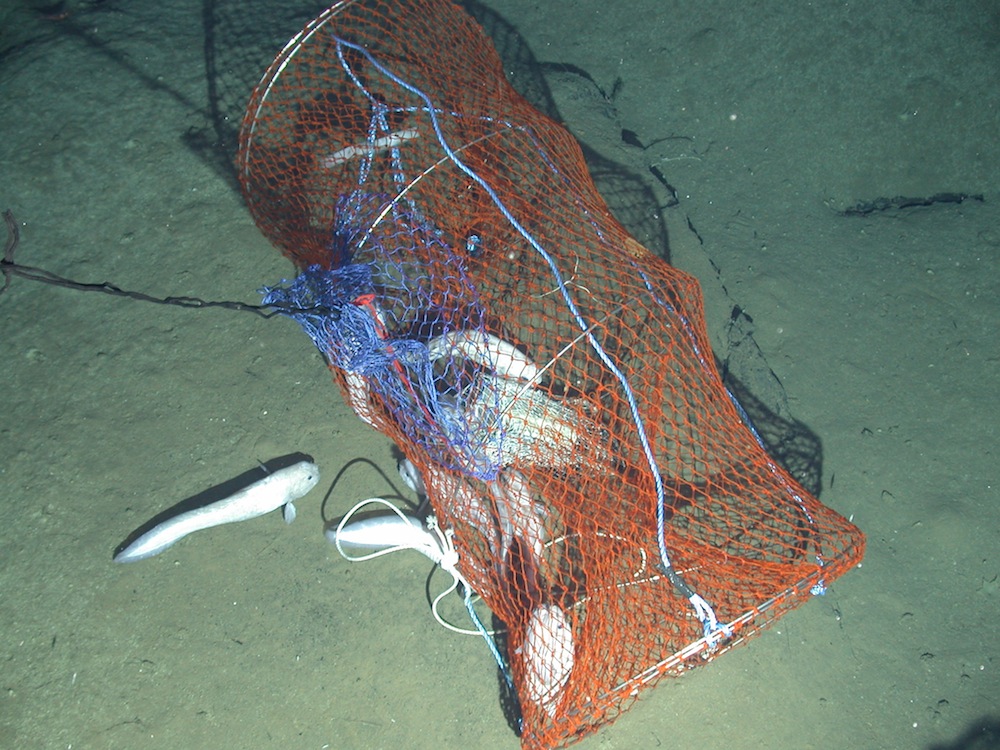
Zoarcid fish caught in a trap deployed by the ROV. Samples of abundant animals were taken so that researchers can determine how they fit into the known animal kingdom.
Ghost Octopus
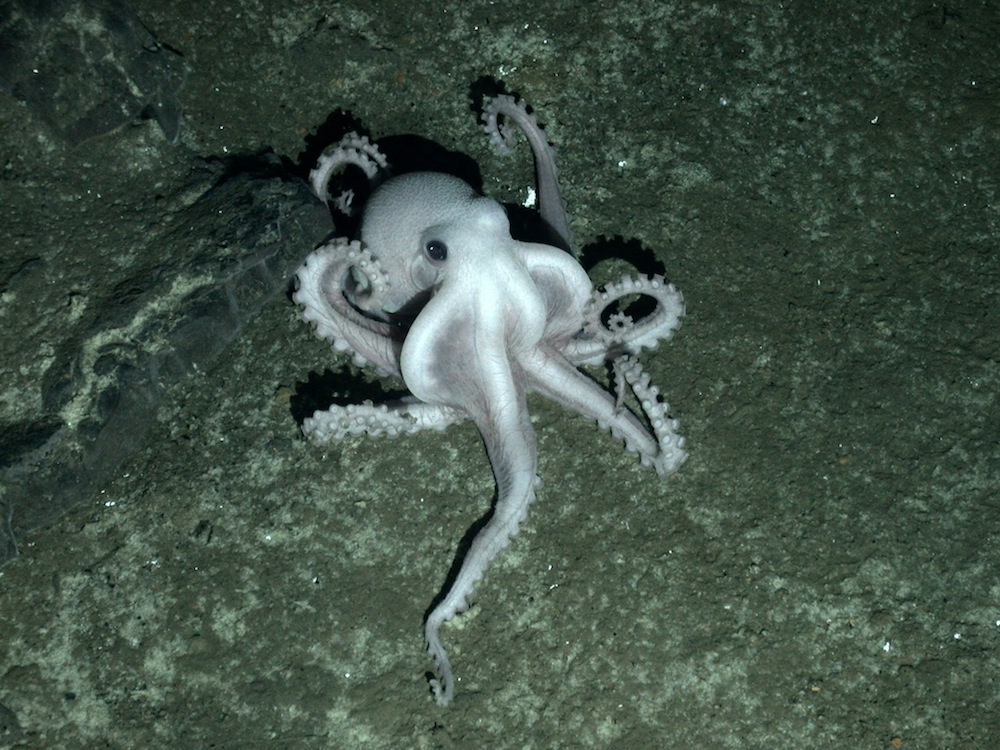
A ghostly pale octopus caught on camera near the vents. The octopuses seemed curious, or at least drawn in by the ROV lights, and often came right up to the submersible.

Stephanie Pappas is a contributing writer for Live Science, covering topics ranging from geoscience to archaeology to the human brain and behavior. She was previously a senior writer for Live Science but is now a freelancer based in Denver, Colorado, and regularly contributes to Scientific American and The Monitor, the monthly magazine of the American Psychological Association. Stephanie received a bachelor's degree in psychology from the University of South Carolina and a graduate certificate in science communication from the University of California, Santa Cruz.


